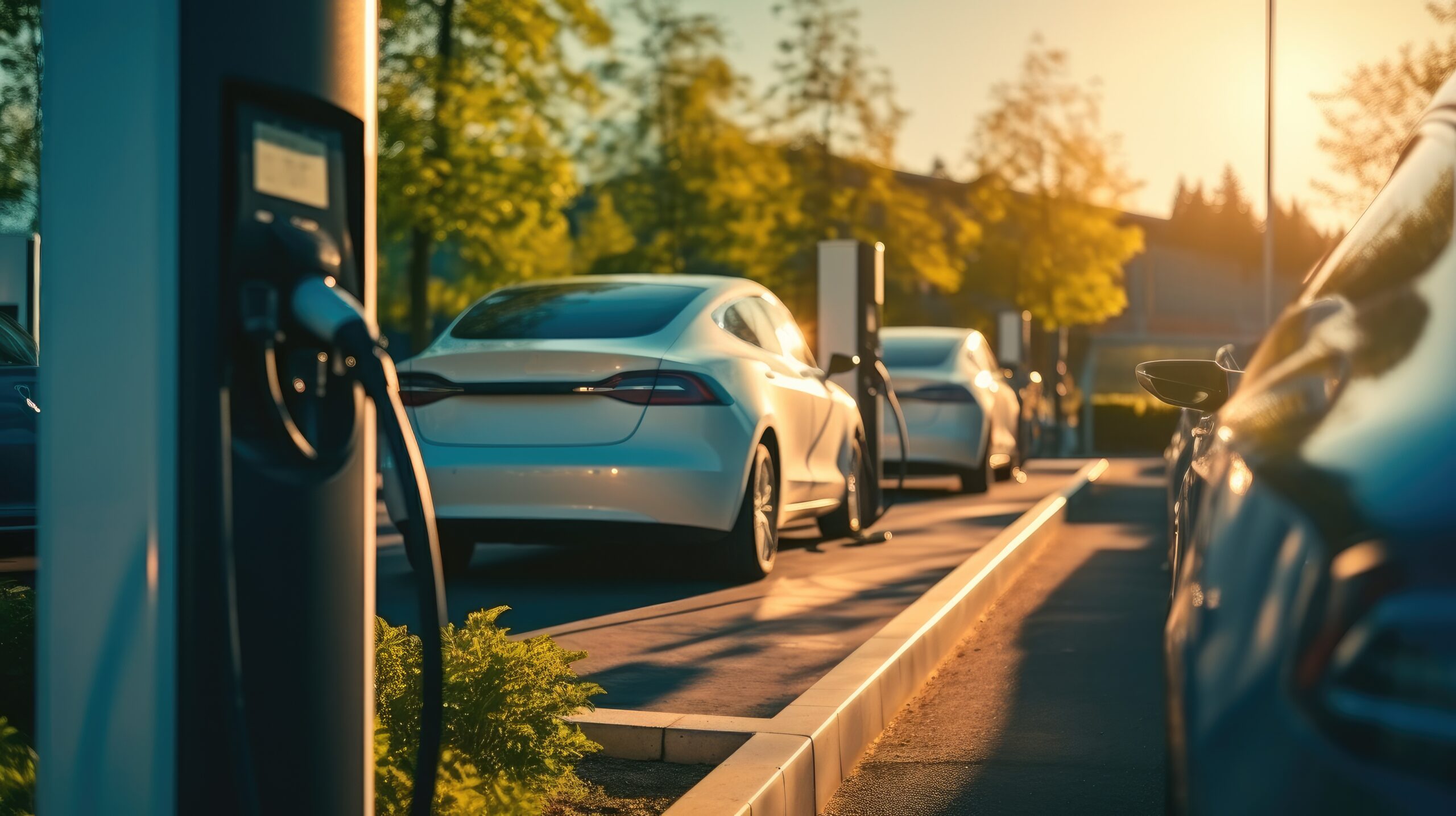
In today’s fast-paced world, time optimization is paramount, driven by the escalating demands on an individual’s schedule fueled by technological advancements. The 20th-century convenience store model, designed for swift essential acquisitions, flourished for decades. However, the shift towards electric vehicles has changed fueling practices. With electric fueling, customers will now be waiting from twenty minutes to an hour to fuel, rather than just a few minutes. As the fueling process undergoes this transition, some national retailers and quick service restaurants have announced plans to launch EV-charging projects.
Peter Rasmussen, CEO of Convenience and Energy Advisors, told Convenience Store News, “Nobody is getting rich selling EV [charging], but the average dwell time is 23 minutes compared to five for gasoline, so you want to have good-quality public restrooms, packaged goods, an experience like a café or quality foodservice to entice them in the store.”
Starbucks and Volvo have partnered together, opening 50 charging stations at 15 Starbucks stores. Currently these stations can only be found along the 1,350-mile route between Denver and Seattle. However, there is anticipated expansion for this partnership as Starbucks intends to cut its carbon footprint in half by 2030 and lead the retail industry in decarbonization solutions, including Electric Vehicle charging and onsite solar availability at stores and in adjacent locations.
Walmart and Sam’s Club currently; have almost 1,3000 EV charging stations available at more than 280 locations across the US. The company has announced its intentions to build its own charging network across the country at thousands of their currently operating shopping locations. “With a store or club located within 10 miles of approximately 90% of Americans, we are uniquely positioned to deliver a convenient charging option that will help make EV ownership possible whether people live in rural, suburban or urban areas”, the company stated in a press release.
Mercedes-Benz echoes the sentiment that successful EV charging solutions should seamlessly integrate into users’ lives. A representative from the company emphasized, “We’re building the confidence around how charging should be used. If done well, charging should fade into the background and it’s much more about what you do while you charge”.
This perspective underscores the broader shift in focus towards enhancing the overall charging experience, transforming it from a functional necessity into an opportunity for a richer and more enjoyable customer interaction. The integration of charging stations into shopping centers and restaurants is redefining the concept of refueling, turning it into a holistic and enriching experience that benefits businesses and consumers alike.

